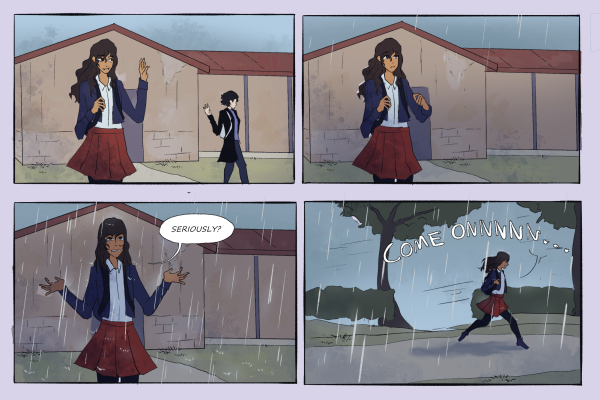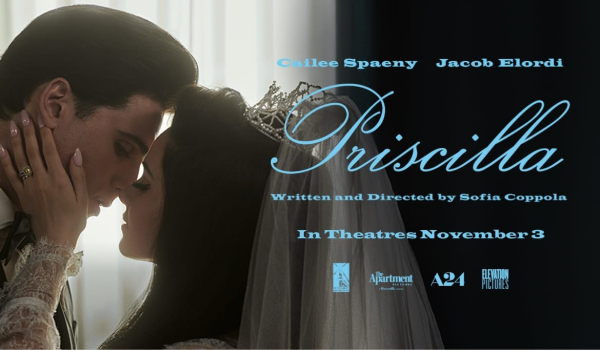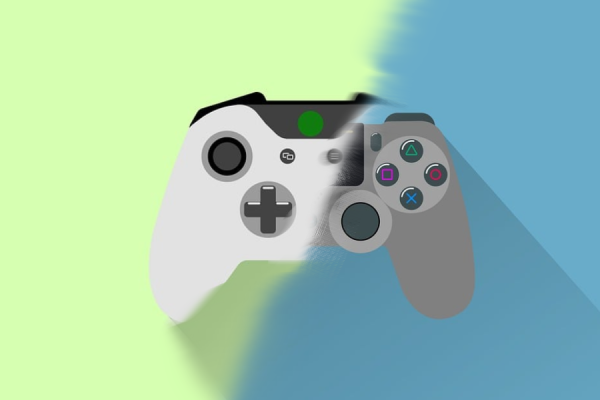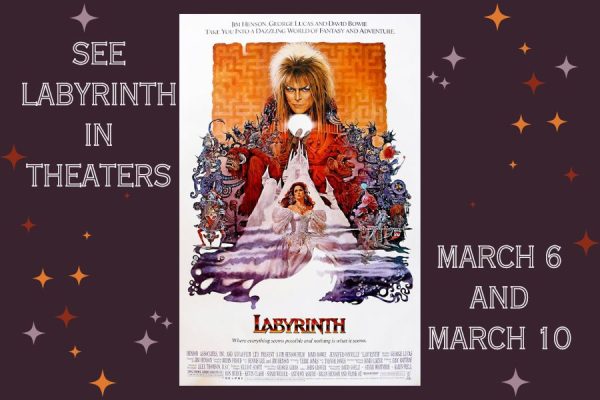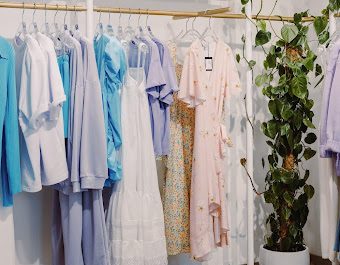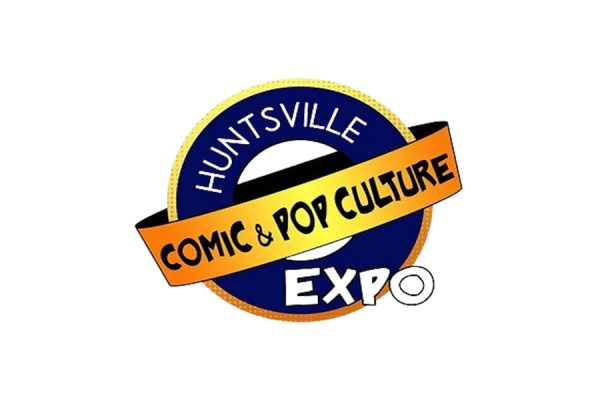Ralph Breaks the Internet (and Our Expectations)
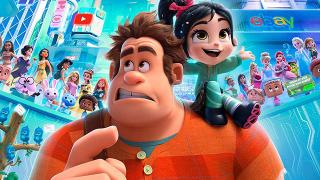
December 12, 2018
After the hit movie Wreck-It Ralph pulled in $49.1 million in the opening weekend alone, Disney Animation Studios knew there was no getting out of a sequel. Finally, after six years of keeping fans on their toes, Ralph Breaks the Internet was released, and audiences are on the fence
Costing around $175 million, Ralph Breaks the Internet has yet to impress the majority of moviegoers with only a 68% audience review on rotten tomatoes, the average score ranging about 3.5/6 stars. With such high praise following the original film, why is the sequel struggling for praise?
During a family-based weekend, I got a chance to view the movie before it leaves theaters. After weeks of social media hyping up the fantastic storylines, beautiful animation, and the princess cameo, I was prepared for the movie to beat all movies. Instead, I left the theater feeling slightly peeved and mislead.
The errors begin at the opening scene: Ralph and Vanellope share a breakfast as they watch the sunrise and the arcade open up. As the dialogue rolls through, viewers are informed that it has been six years since the last film. This may be a reference to the actual amount of time it took Disney to release the production. But in the eyes of a writer, the world according to this rule is completely ruined. If six years have really passed, Litwak, the arcade owner, should not appear to have not aged a day. Disney could have taken the chance to create an entirely new character, possibly even create a tiny story outside of the video game world where Litwak is passing on the arcade to his son or a trustworthy employee.
Speaking of the setting, the building also has immortality apparently. All of the games that resided in the space in Wreck-It Ralph are still present, despite the fact that a timelapse in the previous movie showed that games come and go quite frequently. Based on the large variety of social media platforms referenced throughout the internet portion, it is no mystery that Ralph Breaks the Internet is placed in the present, or near past, time. So then why is Litwak only now purchasing wifi for his establishment? Surely he would have caught onto the idea that where there are kids there are bound to be cellphones, which require wifi to work and would pull more customers in. Perhaps this is only nitpicking, but it’s a point that should have been addressed during the writing process.
Moving forward in the story, Ralph and Vanellope manage to make it to the world of the internet. The depiction of this world had my sister and me giggling in our seats as we pointed out countless apps and websites that we knew and love from the real world, including Amazon, Twitter, Instagram, Youtube, and a whole handful more. Surprisingly, Disney worked with Pinterest and eBay to create an interesting storyline. Vanellope’s game requires a unique piece to replace the broken steering wheel, but the company that once manufactured this is no longer in business. This is the second plot point I am going to address.
If we follow the timeline back in Wreck-It Ralph once more, Sugar Rush was and still is an extremely popular video game. Based on the number of children that flock to Vanellope’s game, it’s hard to believe that the company behind it would fallout of business within six years. Surely they would create similar racing games or video games. For the sake of the current plot, I would even be willing to believe that the company just stopped manufacturing Sugar Rush, replacing Vanellope’s game with a flashier, newer version in the outside world would be an interesting way to increase her insecurity that is later portrayed.
To raise the large sum that Ralph and Vanellope manage to bid for the steering wheel, we get a peek at Disney’s idea of “the dark web,” which, to no one’s surprise, isn’t that dark. This is one of the more interesting points of the movie, not because of action-packed scenes or intense dialogue, but because the space we are given is a tiny cramped shot. This scene stuck out so much to me because of the unique characters we get to meet as well as the realistic portrayal of a side website looking like a messy studio. Spamley is the virtual version of a computer user who finds online deals where gamers can locate items for a profit. His companion is another one of the highlights of this film going by the name of Gord. Gord is one of the funniest things I have had the pleasure of witnessing in quite some time. Not only is the character design lovable and unexpected, but his hidden talent also adds a round of laughs for the entire theater.
Spamley offers our heroes a deal that will earn them more than enough money for the game piece: stealing Shank’s special car. Shank is one of the main racers in a gruesome online game known as Slaughter Race. After a vigorous chase scene, Vanellope and Ralph are unsuccessful, but Shank hears out the situation and offers them a solution. With a few clicks and a cheap joke, Ralph has been made into a viral video. This is one of the plot problems I am willing to overlook for the sake of the story moving along, but the idea that someone can go viral within two minutes of posting a video is frustratingly incorrect. It takes a lot more effort to get a video above a million views even with a large following, let alone being on the internet for less than a day. Shank directs the pair to her friend at BuzzTube, this is where the most disappointing character rolls in.
Don’t get me wrong, I’ve been looking forward to this movie since the day it was announced. I followed theories, jumped on speculations, and squealed when the first trailer dropped. At the first sight of Yesss I thought we were in for a villain that would finally shake us as much as Hans of the Southern Isles once did, I was preparing for a standard breaking queen who was here to reveal how dark and depressing the internet really can be. Instead, Disney gave us an overhyped character who barely does anything beyond having two hundred costume changes and offering Ralph a platform he did nothing to earn.
When Yesss is first introduced she’s cold, work focused, and not here to play any games with some strange man who waltzes into her office like he owns the place. From here she deteriorates into a forgotten character with the only build in her character coming from glimpses of her influence at BuzzTube and her well thought out wardrobe. Out of nowhere, she decides to support Ralph and his quest to create more viral videos. I think a better solution would have been forcing Ralph to start at the bottom just like everyone else, maybe even show the first few attempts at making a funny clip instead of jumping straight into a montage of sad excuses for humor. I’ve seen the kinds of things that kids laugh at, not once have I seen a meme of someone putting on makeup poorly or burning a pie.
As Yesss disappears to hide backstage along with Shank, Spamley, and countless other characters, we finally get the princess cameo that everyone’s been screaming over. Vanellope manages to sneak into the princess dressing room trying to escape a set of guards, and based on the first reaction these girls have you would think Disney was setting us up for some powerful women who are about to show you that even an 80-year-old Snow White can kick some butt if need be. Cinderella even breaks her glass slipper as if she’s prepared to stab a child if necessary. Yet again this opportunity is wasted and these girls turn out to be unaware of what “comfortable clothes” are and have to be taught by a child that they just tried to kill. This leads to Vanellope learning that each one of them had a sing-along during their own stories to reflect on their struggles and what they must overcome to be a true heroine. Disney tries to be self-aware and inserts a song shortly after this insecurity is planted in Vanellope’s mind, and while the song is cute, it’s unnecessary and feels like a dragged out joke once the final note hits.
Speaking of insecurities, Ralph Breaks the Internet seems to only just realize that it can use this as a plot. Out of nowhere Ralph goes from learning that it’s okay to let your friends go have a life without you to “I can’t believe she’d try to have other friends beside me!” and while the thought process is relatable and valid, I wish that the film had brought it up more than just suddenly at the end. For the sake of any more major spoilers, I won’t go into detail, but the ending has gotten a lot of fans talking and debating about how Disney could have handled it better.
Overall, I wouldn’t say this is a bad movie. I’ve met plenty of viewers who loved the film and would gladly watch it again, myself included. The issues I found were based on my personal preference and my tendency to over analyze films. My younger siblings had no problem with the chase scenes or dark web depiction, and I would agree with the rotten tomato audience review of around 3.5 stars.





